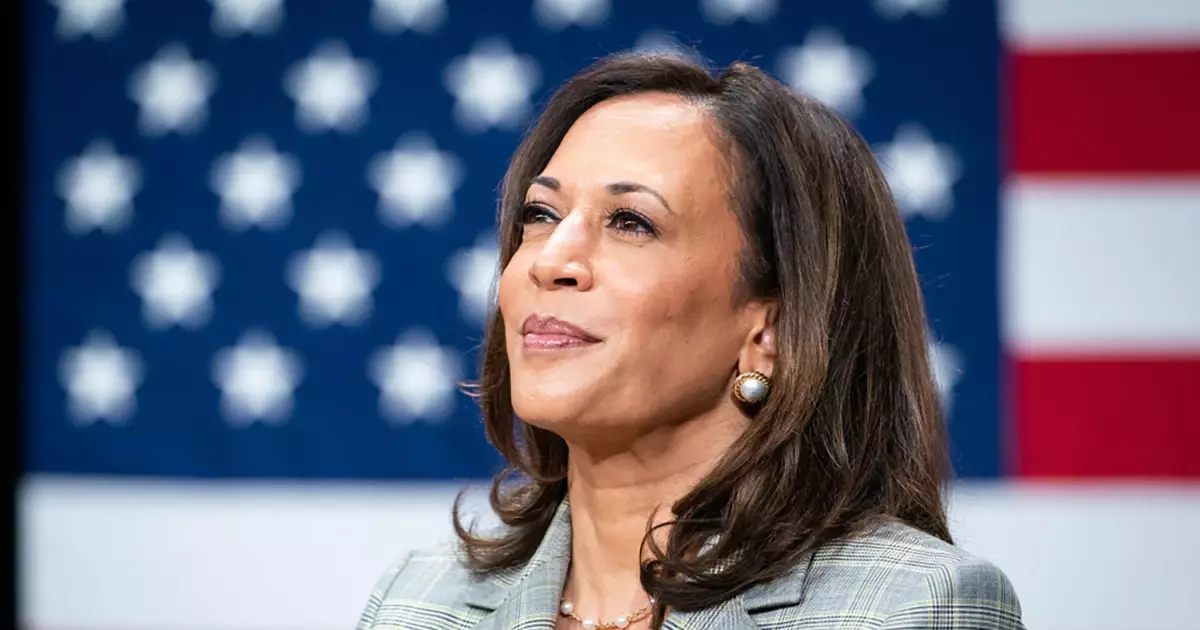Navigating the Affordable Housing Crisis: The Role of Transit-Oriented Development

As concerns around affordable housing intensify in urban areas, the spotlight is being cast on innovative strategies to address this pressing issue. Recent discussions in political circles, epitomized by Vice President Kamala Harris’s advocacy for transit-oriented development (TOD), reveal a concerted effort to integrate housing and transportation planning. This approach aims to not only alleviate the housing crisis but also to create sustainable urban environments that foster community engagement and economic growth.
Transit-oriented development focuses on planning residential and commercial spaces near public transportation hubs. The rationale behind this initiative is that by clustering housing around transit stations—such as subways and bus routes—cities can increase accessibility for residents, thereby improving their quality of life. According to Harris, effective governmental support is critical for this strategy to flourish. This entails creating incentives for local and state governments to adopt holistic urban planning that prioritizes affordable housing solutions alongside transit developments.
Cities across the U.S. have begun to embrace TOD, recognizing the potential benefits such as reduced commuting times and lower transportation costs. The Build America Bureau has reported a burgeoning pipeline of TOD projects, indicative of a national trend toward integrating transit infrastructure with housing strategies. However, the progress in this domain has been uneven, suggesting an urgent need for governmental clarity and support.
In facilitating TOD projects, federal funding plays a pivotal role. The Transportation Infrastructure Financing and Innovation Act (TIFIA) and the Railroad Rehabilitation and Improvement Financing (RRIF) loan programs have opened avenues for developers and local governments to fund transit-oriented projects. Yet, despite the availability of these resources under the Biden-Harris administration, experts like Yonah Freemark of the Urban Institute argue that the uptake has been slow.
The last administration’s hesitance to prioritize these guidelines has contributed to this gradual pace. As Freemark noted, while the potential for leveraging transit infrastructure to create affordable housing is significant, the realization of these opportunities remains daunting. The Washington state project has emerged as a notable accomplishment but demonstrates the need for swift action to translate this vision into widespread practice.
The recent vice-presidential debate underscored the urgency of affordable housing discussions within political arenas, revealing a bipartisan acknowledgment of the issue at hand. Both candidates recognized the detrimental impact of excessive regulation on housing development. They advocated for state and local governments to streamline processes and cut through bureaucratic red tape.
However, this presents a paradox. While local governments have the power to influence zoning and building regulations, there is a reluctance among federal lawmakers to impose mandates on local jurisdictions. This balancing act complicates the landscape and is a critical barrier to substantive housing reform. For any meaningful changes to take root, both federal and local entities must be willing to collaborate.
The Harris administration has proposed ambitious plans aimed at revitalizing urban housing. Her initiative for a $40 billion local innovation fund for housing expansion aims to stimulate investment in innovative building techniques and regulatory reform to reduce costs. Such approaches not only promise to increase the housing supply but also aim to ensure its affordability for working-class families.
Analyses by economists at Redfin suggest that streamlined approval processes for TOD projects could catalyze denser, mixed-use developments where they are most needed. This presents an opportunity to address both housing shortages and transportation affordability simultaneously, highlighting the interlinked nature of these two critical sectors.
In navigating the complexities of the affordable housing crisis, the integration of transit-oriented development emerges as a promising solution. However, realizing the full potential of TOD requires a concerted effort from all levels of government, robust regulatory reforms, and a willingness to innovate.
The recent elevation of affordable housing in political dialogues is a welcome shift, signaling potential for future action. Advocates like Freemark express cautious optimism that heightened attention can spur legislative support, thereby paving the way for meaningful housing reforms. As cities look towards more sustainable models of urban development, transit-oriented strategies could very well lead the charge toward a future where housing is accessible for all.





